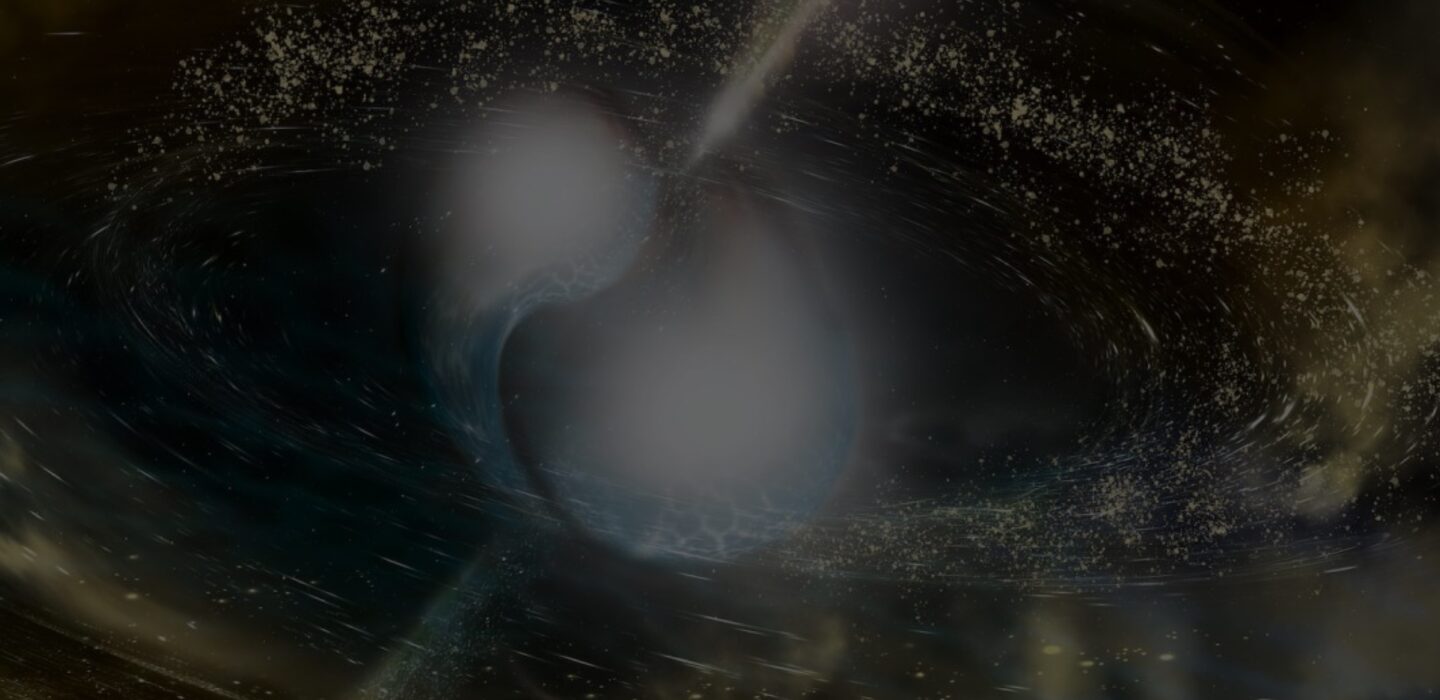Xiaohui Fan
Tuesday May 7, 2025
4pm
Marlar lounge & via zoom
JWST views of quasars and little red dots at cosmic dawn
Quasars at cosmic dawn are powerful probes to the formation and growth of early supermassive black holes in the universe, their connections to high-redshift galaxy and structure formation, and the evolution of the intergalactic medium at the epoch of reionization. I will first review the progress in surveys of the most distant quasars, which have discovered hundreds of luminous quasars within the first billion years of cosmic history, with the highest redshift at z~7.6. They are powered by billion solar mass black holes, possible only by a combination of massive early black hole seeds with highly efficient and sustained accretion. I will present the latest results of surveys of early quasars and their environments using JWST. While rapid early black hole growth is accompanied by intense star formation and feedback in their host galaxies, the diverse quasar environment unveiled by these observations suggests a complex interplay between black hole accretion, galaxy assembly, the physics of reionization and the emergence of early large scale structure. I will also discuss the spatial clustering and cosmic evolution of the little red dot population discovered in the same JWST deep surveys and their implications to the early black hole growth. I will conclude with a look into the future, as the era of the first supermassive black holes is finally within the horizon of our research efforts.
Dr. Fan is an observational cosmologist. His group’s research aims at answering questions such as: When did the first luminous objects appear in the Universe? How did the first generations of galaxies and quasars heat up the intergalactic gas, re-ionize the Universe and end the cosmic dark ages? Dr. Fan has pioneered techniques to search for the most distant quasars in the early universe, at z>6. Using these quasars, he has shown that supermassive black holes with masses up to 10 million solar masses existed within one billion years after the big bang. Meanwhile, the absorption spectra of these quasars reveal a rapid increase in cold atomic gas in the intergalactic medium, marking the end of reionziation epoch at z~6. His group is currently involved in conducting new surveys of quasars at z>7 using new near-IR large sky surveys, and studies of the co-evolution of black holes and galaxies in the early universe with facilities such as ALMA and HST. He is also involved in studying spectroscopic properties of the first generation galaxies that are responsible to reionization, using LBT, HST, and soon with JWST. In addition, he is working on a project called “MAMMOTH”, a novel survey of the most massive large scale structure and protocluster environments at the peak of cosmic star formation.

